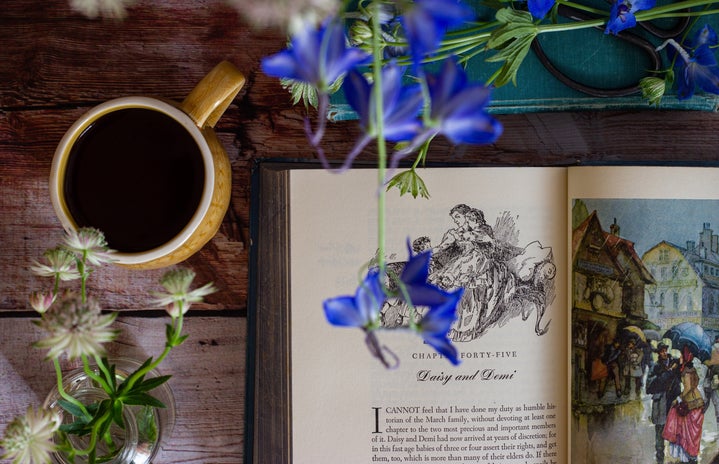In To the Lighthouse, Mrs. Ramsay’s self-perception is clear, albeit staggering: “she did not like, even for a second, to feel finer than her husband.” For her, people “must know that of the two he was infinitely the more important, and what she gave the world, in comparison with what he gave, negligible” (Woolf, 1927). Indeed, from a 21st century perspective, such an understanding is absurd. But do not think – even for a second – that the character of Mrs. Ramsay is merely a reflection of Virginia Woolf’s historical context; yes, she is a product of a turbulent interwar England, yet she represents a pervasive structure that has been historically perpetuated and, remaining to this day, very much real.

In Domination and the Arts of Resistance, the political scientist and anthropologist James Scott defines as the “hidden transcript” the discourse of oppressed groups that “takes place ‘offstage,’ beyond direct observation by powerholders” (Scott, 1990). It might be an act, a speech, or even a trickster tale: anything that reveals the other side of domination, namely the thoughts and perceptions of those who are dominated. In this light, Woolf’s stream of consciousness, beyond a manifestation of her unquestionable brilliance, is also evocative of the unseen impacts of a patriarchal society. Even in her own self-perception, Mrs. Ramsay accepts the existence of a gender hierarchy, and naturally embraces the position of a subject; it is the hidden transcript of her experience as a wife, a mother – not a woman, never a human being.
The idea of male domination is the product of a gendered hierarchical structure, replicated across time and culture. Part of the explanation for that rests on the internalization of such a structure, whereby the conceptions of everyone – dominators and dominated – are shaped in a patriarchal environment. Mrs. Ramsay’s understanding of her inferiority in relation to Mr. Ramsay is the perfect example of what Pierre Bourdieau has referred to as “symbolic violence” – a situation whereby “the dominated cannot fail to grant to the dominant.” By shaping “her thought of her relation with him, she has only cognitive instruments that she shares with him and which, being no more than the embodied form of the relation of domination, cause that relation to appear as natural.” Since women’s thoughts and actions are shaped by historically androcentric views, their very conceptions of women’s place in society tends to lead to “systematic self-depreciation” (Bourdieu, 1998).
Virginia Woolf did not need an awful lot of theory to expose that one of the greatest dangers of patriarchy is its power to affect how women think, not merely how they act. It becomes very difficult to break a glass ceiling that is transparent to all. The internalization of an oppressive structure is a proud parent of our great 21st century challenge: gender inequality. As long as women have to fight not merely for basic rights, but also for rights that men have, we will only rectify injustices, not restructure the system to prevent their occurrence. Yes, that is an important step, but playing catch-up has gotten a tad tiring after so many centuries.
Mrs. Ramsay’s mentality is still shared by many, and remains replicated in a pervasive manner. It is true that we cannot be what we cannot see. But perhaps it is more pertinent to think that we cannot be what we are not made to be – a reality that is even more present in the lives of women in the so-called developing world. Increasing female participation in politics, higher education, business, and intellectual development is only the first step towards the dismantling of a gendered structure. It is by searching for Hanna Arendt’s idea of power, “the human ability not just to act but to act in concert”, that we can effectively challenge oppression – from the outside and also from within (Arendt, 1970). It is not enough to change behaviours; we must change attitudes, and women’s self-perceptions. But that has to be a collective and nuanced effort.
That’s my lesson from Virginia Woolf. And let me assure you: I am not afraid of her. And you shouldn’t be either.

Arendt, Hannah. On Violence. Orlando, Florida: HBJ Publishers, 1970.
Bourdieu, Pierre. Masculine Domination. Translated by Richard Nice. Stanford: Stanford University Press, 1998.
Scott, James C.. Domination and the Arts of Resistance: Hidden Transcripts. New Haven: Yale University Press, 1990.
Woolf, Virginia. To the Lighthouse . Oxford: Oxford University Press, 1927.


